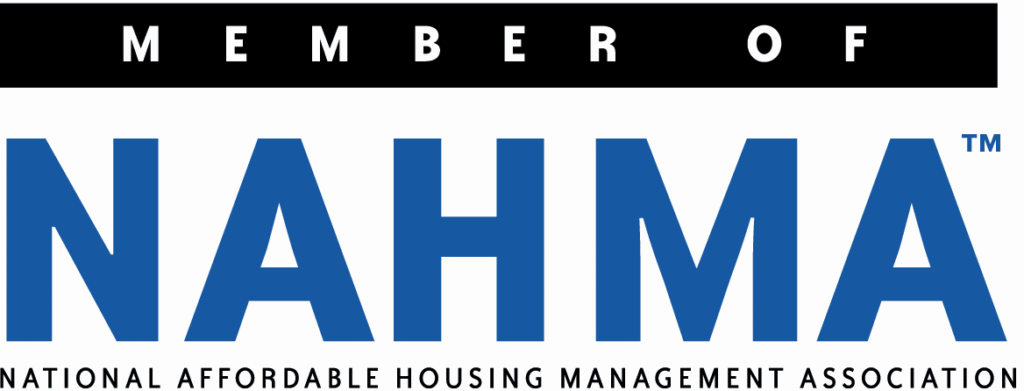If you ask people on the verge of retirement about themselves, the first thing they’ll probably tell you is what they do for a living. “Oh, me? I’m a lawyer.” If you ask the youngest people in the workforce about themselves, they tend to give you a more detailed response. “Oh, me? I scuba dive, coach my kid’s soccer team, read mystery novels, and practice law.”
Baby boomers tend to find their identity in their work. Younger generations see work as something they do rather than who they are. Despite this, younger workers still want their work to have meaning. No one wants to put in time at a job that has no purpose.
It is incumbent upon leaders in an organization to help employees find meaning and purpose at work. As a leader, you can’t make anyone feel something, but you can foster an environment where feelings of meaning are easy to find. Here are some tips for helping employees find meaning in their work.

1. Repeat the organization’s purpose frequently.
According to a June 2016 PricewaterhouseCoopers study, 79 percent of business leaders think purpose is central to business success. However, only 34 percent see organizational purpose as a guidepost for decision making of their leadership team. This means having an organization with a clear purpose can be a business advantage.
Before employees can all row in the same direction, they need to know what that direction is. Your employees need to know deep in their bones what the organization is about. What does your company want to achieve? How do company leaders want the rest of the world to perceive the organization? How is the company different from its competitors?
From a leadership position, you need to repeat the organization’s purpose frequently. Don’t let employees forget why the company exists. This is critical to ensuring employees act in ways that conform to the company’s values. In addition, frequent reinforcement of the company’s purpose gives employees an opportunity to see themselves as part of that purpose.
2. Connect employee roles to the organization’s purpose.
Repeating the organization’s reason for existence is a great first step toward helping employees find meaning, but the second step really drives it home. Connect each employee’s role to the organization’s purpose. From the CEO to the newest intern, each employee needs to understand how the work he or she does contributes to the organization’s purpose.
Some roles are easier to connect than others. For example, a sales associate at a car dealership can tie his success clearly to the company’s success. Other jobs need more explanation. For instance, the maintenance technician at an apartment complex may see his job as merely fixing things when they’re broken. But that role does so much more for the company! The maintenance technician keeps residents’ living environment in functioning order creating a place people want to live. When a maintenance technician sees his or her job in this light, it takes on much more meaning than repairing a broken down air conditioning unit or a leaky faucet.
3. Give employees autonomy.
When employees understand the company’s purpose and how their jobs support and further that purpose, those employees can work autonomously. With just a little management direction and support, autonomous employees can figure out the best ways to complete their tasks and projects. They’ll satisfy the company’s requirements in ways that best suit their work styles and preferences. Autonomy gives employees freedom which is intrinsically meaningful.
4. Create a positive work environment.
The military creates a band of brothers and sisters who find meaning in doing their individual jobs for the benefit of those working alongside them. The same can happen in a company. When people have deep interpersonal connections at work, their work takes on additional meaning because they work for each other. They don’t want to let each other down. They see their own success influencing the success of their peers.




